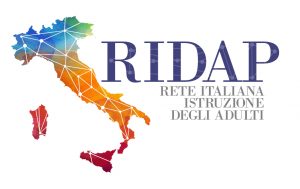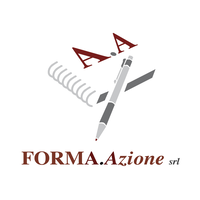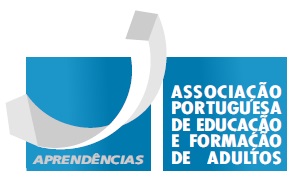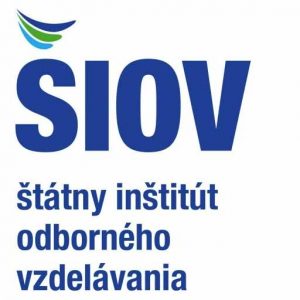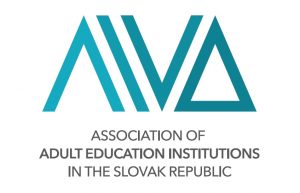Guidance is possible!
Guidance
Brief description of the main purposes and contents
The CPIA, as a center rooted in the territory, has as a fundamental component the guidance of adults in their training, not only in their period of attendance at the CPIA, but with a view to lifelong learning.As CPIA3-Turin, we realized that guidance practices were often discontinuous and entrusted to the personal availability of teachers.
Therefore we decided to make orientation moments structural and to train teachers (in particular two teachers attend the ASNOR course for professional guidance counselors), to create moments of sharing between teachers on the training offer of the territory in terms of career guidance and training/education and to involve all students enrolled in the CPIA and local adults interested in training and orientation.
Reasons why the project / program is considered a “good practice”
It was not possible to select more than one answer in the previous question, but the good practice is considered to meet all the criteria listed.
In fact, the orientation activities serve not only to raise awareness of the training and career guidance opportunities present in the area, but allow adults to reflect on their skills and expectations and to make informed decisions about their future and this is obviously fundamental for social inclusion.All activities are monitored, both through constant contact with other stakeholders, and through the administration of questionnaires directly to users.
All activities are transferable to other contexts, they can be applied to other CPIAs and throughout the territory.
Managing authority / organisation
Cpia3-Torino Tullio de Mauro
Main target group
Adult people in general
Source of funding
Public funds (national, regional …)
Stakeholders involved
The guidance activities were organized by the CPIA and involved Vocational Training, Higher Education Institutes, the third sector and career guidance. The institutions were involved in the realization of the orientation days, in the participation in the territorial tables, in the monitoring of the inscriptions, etc.
Contribution of the practice in improving / promoting the social inclusion of the beneficiaries
The orientation activities serve not only to raise awareness of the training and career guidance opportunities present in the area, but allow adults to reflect on their skills and expectations and to make informed decisions about their future. In fact, the orientation is not resolved in the presentation of the opportunities offered in the territory, but includes moments of self-reflection on one’s soft-skills, formal and non-formal competences, expectations, etc …
Elements of the project / program that could be easily transferred to other contexts
All orientation activities can be tested in other CPIAs and territories.
Other potential target groups to which the project / program could be extended
The project plans to organize orientation days also for adults who are not CPIA students.
Practical evaluation carried out
Yes.
Results and measures taken following evaluation
The project includes several evaluation phases. In particular, based on the data collection of June 2021, it was decided to expand collaboration with local authorities to respond to the needs expressed by students in the post-secondary school license questionnaire.
Very important will be the analysis of the questionnaires administered to the students one year after the graduation of the secondary school certificate. The project foresees different phases of evaluation. In particular, based on the data collection of June 2021, it was decided to expand collaboration with local authorities to respond to the needs expressed by students in the post-secondary school license questionnaire.
Very important will be the analysis of the questionnaires administered to students one year after obtaining the secondary school diploma.
Participation data
School year 20-21: all the students of the I and II period were involved (about 400).
School year 21-22: all students of the I and II period and students of Italian A2 are involved (about 500).
Description of the methods of implementation and any recommendations
The project had a first phase in the year 20-21 and a second in the 21-22.
The project is divided into several moments:
- orientation meetings with some training and education institutions in the area in the 1st period classes
- individual orientation interview with all students of the first period, after the license exam in June 2021, with the teacher filling in a google module that collects projects and expectations of the students and feedback on orientation activities
- systematic analysis of the collected data
- survey in the I period and Italian A2 classes on students’ expectations/wishes/needs and analysis of the responses
- extensive contacts with the training/education/third sector bodies of the territory
- orientation days in all CPIA offices with the possibility of allowing non-registered adults interested in learning about the opportunities of the territory to access the days
- individual orientation interviews after the middle school exam
- former student questionnaires to assess the impact of guidance after one year
Project / program website or other online reference resources
